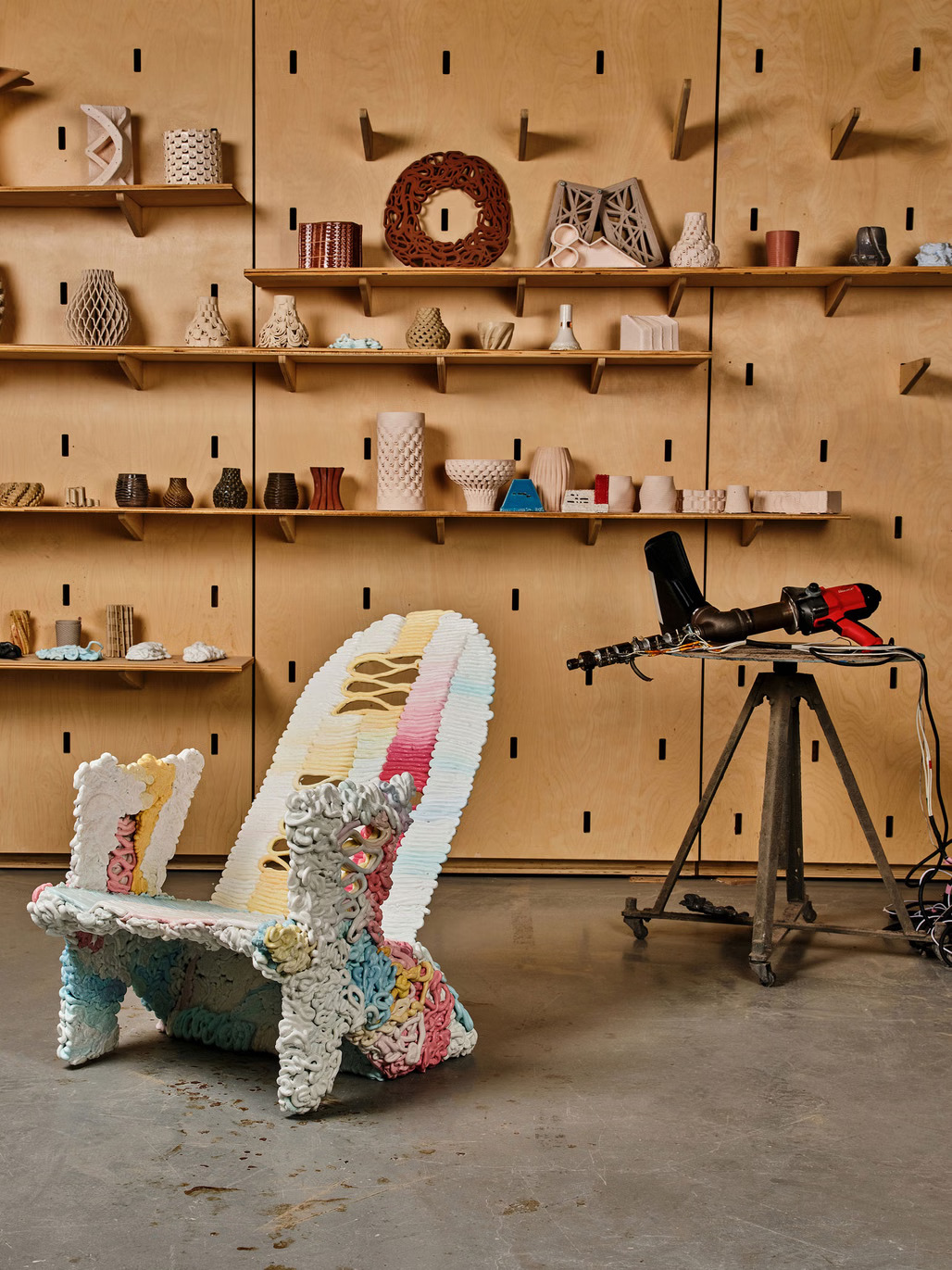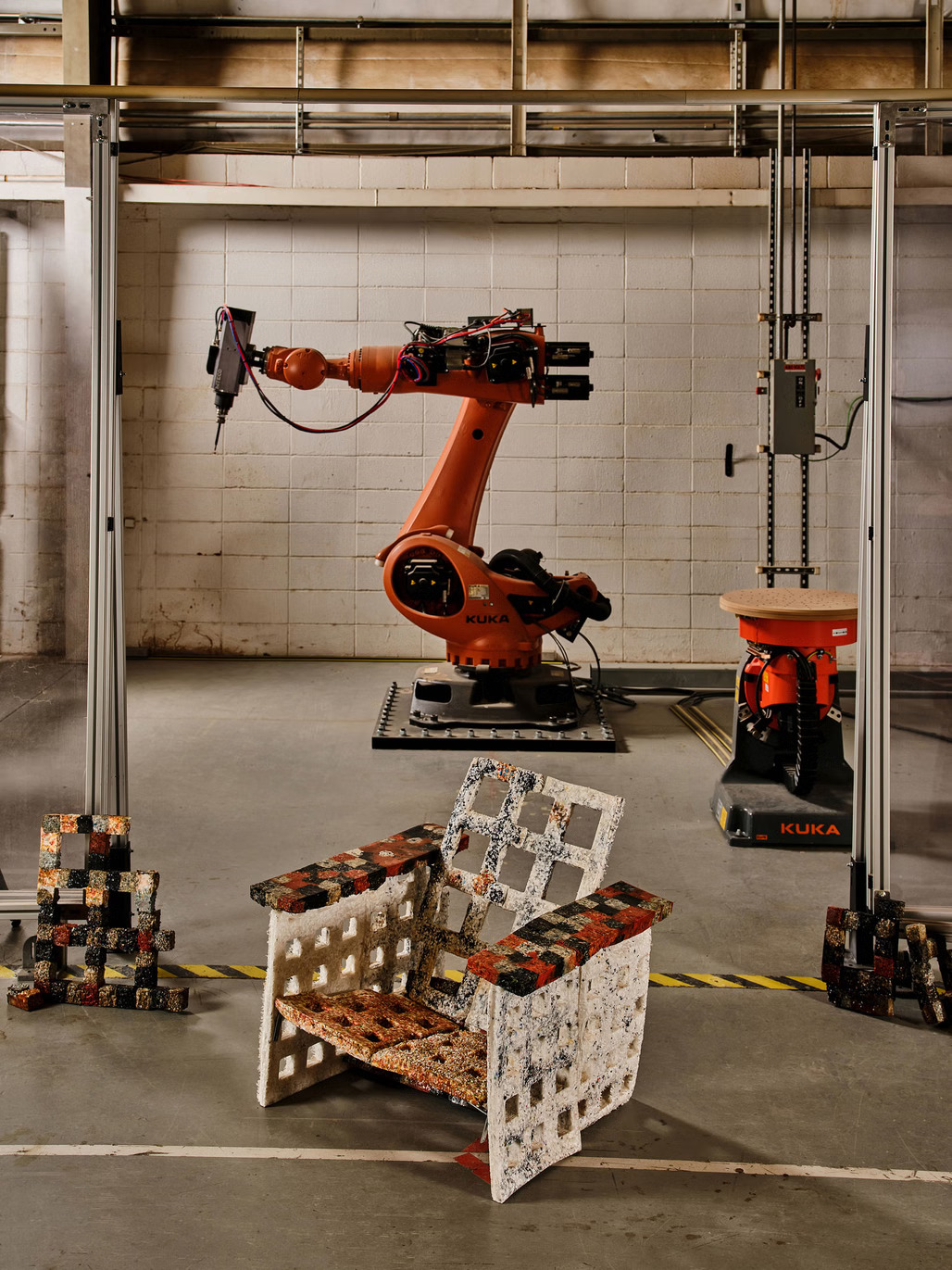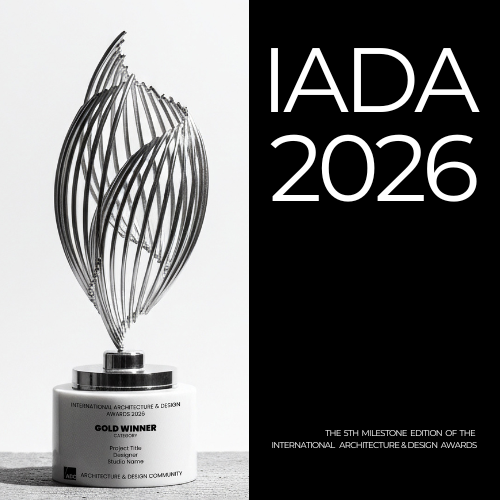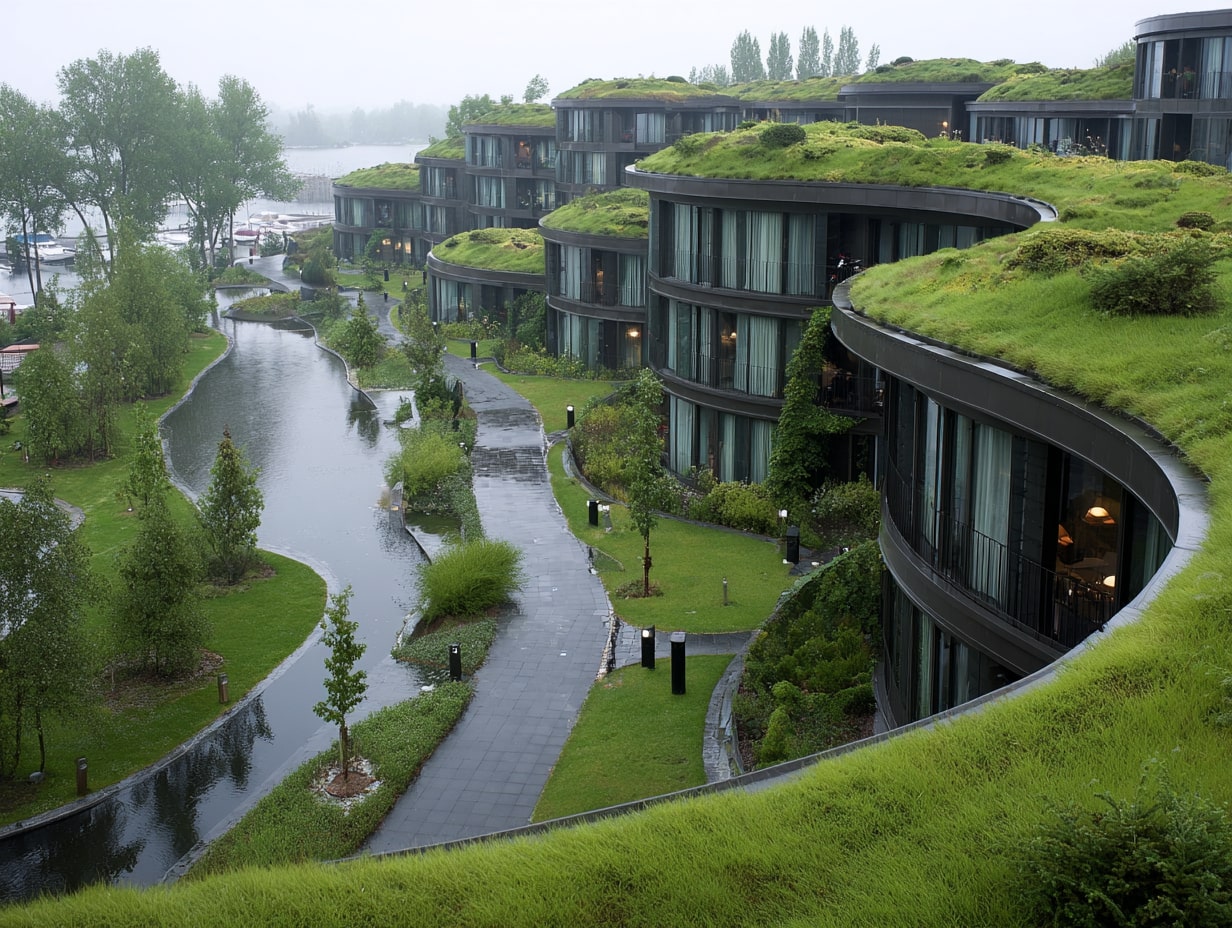- Home
- Articles
- Architectural Portfolio
- Architectral Presentation
- Inspirational Stories
- Architecture News
- Visualization
- BIM Industry
- Facade Design
- Parametric Design
- Career
- Landscape Architecture
- Construction
- Artificial Intelligence
- Sketching
- Design Softwares
- Diagrams
- Writing
- Architectural Tips
- Sustainability
- Courses
- Concept
- Technology
- History & Heritage
- Future of Architecture
- Guides & How-To
- Art & Culture
- Projects
- Interior Design
- Competitions
- Jobs
- Store
- Tools
- More
- Home
- Articles
- Architectural Portfolio
- Architectral Presentation
- Inspirational Stories
- Architecture News
- Visualization
- BIM Industry
- Facade Design
- Parametric Design
- Career
- Landscape Architecture
- Construction
- Artificial Intelligence
- Sketching
- Design Softwares
- Diagrams
- Writing
- Architectural Tips
- Sustainability
- Courses
- Concept
- Technology
- History & Heritage
- Future of Architecture
- Guides & How-To
- Art & Culture
- Projects
- Interior Design
- Competitions
- Jobs
- Store
- Tools
- More
Plastic Reimagined: Exhibition of Circular Design
Circular design redefines waste as a resource, transforming discarded plastics into durable and meaningful products. At Georgia Tech’s Plastic Reimagined exhibition, architecture students showcased 13 chairs made from recycled HDPE and PLA, collected from campus and local recycling streams. Highlighting imperfections as design features, the project blends sustainability with creativity, demonstrating how education, technology, and community partnerships can reshape our material future.

Circular design is an approach that considers how products are created, used, and reused. It focuses on preserving materials in continuous use by recycling, repairing, or reusing them. In architecture and product design, this principle is adopted to treat nearly non-biodegradable waste, such as plastic, as a resource. These materials are used to create durable products and create systems that allow materials to recycle.

With circular design, architects and designers not only reduce environmental impact but also uncover new creative possibilities in form, function, and material expression. Georgia Tech architecture students have presented an exhibition of recycled plastic furniture at the Atlanta Contemporary. Named Plastic Reimagined: Material Agency & Circular Design, the exhibition presents 13 redesigned chair, each built from recycled HDPE and PLA sourced. These plastic wastes from the Georgia Institute of Technology’s campus waste streams and local recycling facilities.

The initiative from Georgia Tech’s School of Architecture, specifically the course ARCH 6050: Architectural Studio Design + Research by Assistant Professor Hyojin Kwon. As part of the project, students gathered discarded plastics that including everyday packaging and unsuccessful 3D prints. Then they have cleaned and reprocessed these wastes, embedding local and institutional partnerships into every stage of the design.

Instead of hiding imperfections, the designs highlight them in each detail of furnitures. Transitions of color, imprinted labels, and irregular surface patterns are embraced as defining elements of each chair. The fabrication process combined plastic shredding, pressing sheets, CNC milling, and custom casting, with computational modeling supporting the development of the forms.
Adirondack chair was selected as the central design reference, this situation created both ergonomic and cultural opportunities. The chair, iconic piece of outdoor furniture, typically tied to relaxation and natural settings.

Inside the gallery, the collection is presented as an interactive seating installation, encouraging visitors not only to view but also to sit and engage with the pieces. There are video projections and photography galleries document the circular design process of furnitures including the journey of material collection, preparation, and fabrication, reinforcing. The visualizations in the exhibition reinforce the theme of sustainability as a holistic system rather than a single outcome.

As the curatorial team explains, Plastic Reimagined exhibition began as a classroom exploration into material literacy and circular design, yet its public presentation reveals broader potential. From community fabrication initiatives to reusing local waste streams in everyday environments, the exhibition demonstrates how design education can activate sustainability as a lived practice, supported equally by digital workflows and hands-on experimentation.
- 3D print waste recycling
- architectural circular economy
- architectural studio research
- Atlanta Contemporary exhibition
- circular design in architecture
- CNC milling recycled plastic
- design education sustainability
- eco-friendly furniture design
- furniture from recycled plastic
- Georgia Tech architecture exhibition
- HDPE recycled materials
- innovative sustainable design
- material literacy in architecture
- PLA recycled materials
- Plastic Reimagined project
- recycled plastic furniture
- reusing plastic in architecture
- student architecture projects sustainability
- sustainable architecture design
- sustainable product design
Submit your architectural projects
Follow these steps for submission your project. Submission FormLatest Posts
Architecture Competitions Open for January 2026
Architectural competitions open in January 2026 offer architects, designers, and students new...
Major Frank Gehry Retrospective Opens at Serralves in 2026
A major Frank Gehry retrospective will open at the Serralves Foundation in...
Fallingwater Structural Stabilization: Preserving a Modernist Icon
Structural stabilization work at Fallingwater reveals how time, gravity, and environment challenge...
Green Architecture Explained: Designing for a Resilient Tomorrow
Green architecture explained through resilience: practical ways to cut carbon, improve health,...












Leave a comment